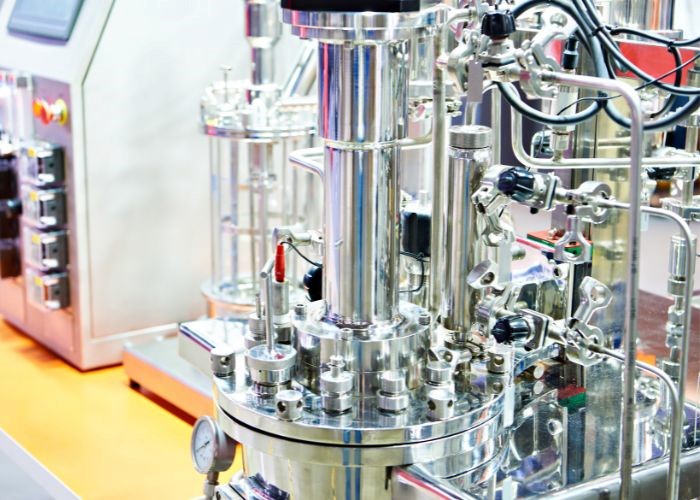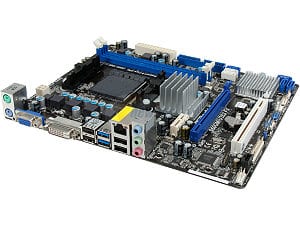Laboratory safety is an essential aspect of scientific research. It ensures the well-being of scientists and the integrity of the research conducted. Read on to learn four lab safety tips scientists need to know to maintain a safe and efficient working environment.
Ensuring Proper Handling and Storage of Chemicals
Handling and storing chemicals correctly is crucial in any lab setting. Always read and understand the Material Safety Data Sheets (MSDSs) for each chemical you use. Store chemicals in clearly labeled containers and designated areas based on their compatibility.
Flammable chemicals should be stored in a flame-resistant cabinet. Also, always use appropriate protective equipment to prevent accidents and exposure when handling chemicals.
Performing Regular Equipment Maintenance and Calibration
Laboratory equipment must be regularly maintained and calibrated to ensure accuracy and safety. Faulty equipment can lead to dangerous accidents or flawed experimental results. Implement a schedule for routine checks and maintenance of all lab instruments. Calibration should be done according to the manufacturer’s guidelines or based on regulatory standards to ensure that measurements are accurate and reliable.
Adhering to Personal Protective Equipment Guidelines
Using personal protective equipment (PPE) is non-negotiable in a lab setting; this includes lab coats, gloves, safety goggles, and, where necessary, face shields or respirators. PPE acts as a barrier against chemical spills, splashes, and contact with other hazardous materials. It is essential to wear the right PPE for each task and to ensure everything fits correctly and is in good condition.
When it comes to PPE and staying safe, make sure you are aware of your rights and know what to look for if you need a work injury lawyer.
Preventing Contamination in Bioreactors
In bioreactor operations, preventing contamination is critical to ensuring the validity of experimental results and the safety of the lab environment. This requires strict adherence to aseptic techniques, regular equipment sterilization, and thorough bioreactor cleaning between experiments.
It’s also important to monitor the bioreactor environment continuously for any signs of contamination and to take immediate corrective actions if contamination is detected.
Now that you know these four essential lab safety tips, you are better equipped to create a safe and productive laboratory environment. Remember, safety in the lab is not just about following rules but also cultivating a culture of caution and responsibility for yourself and your colleagues to ensure the integrity of your scientific work.













Leave a Reply